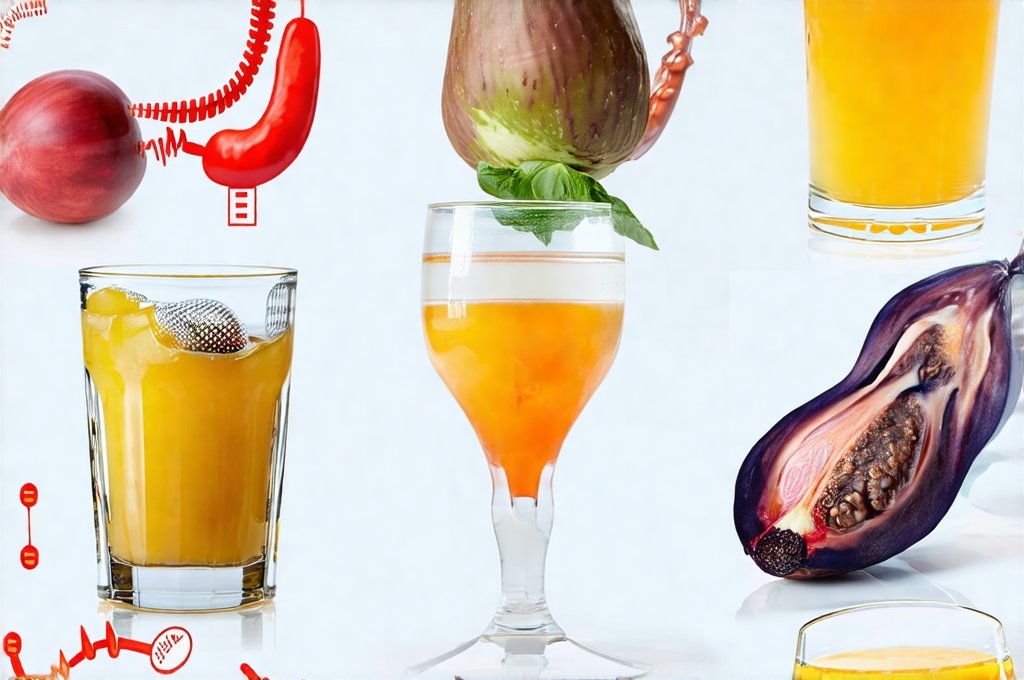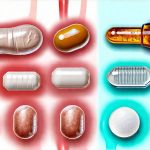A sensitive bladder, also known as overactive bladder (OAB), can significantly impact daily life. It’s characterized by a sudden urge to urinate that’s difficult to control, often leading to frequent urination, both day and night. While many factors contribute to OAB – including neurological conditions, infections, or simply aging – dietary choices play a surprisingly large role in symptom management. For individuals experiencing bladder sensitivity, seemingly harmless foods and beverages can trigger flare-ups, exacerbating discomfort and disrupting routines. Understanding which substances to limit or avoid is therefore crucial for regaining control and improving quality of life.
This isn’t about eliminating entire food groups; it’s about mindful consumption and identifying personal triggers. What bothers one person with a sensitive bladder may not affect another, making individualized awareness key. This article will explore the common culprits – beverages and foods known to irritate the bladder – and offer strategies for navigating dietary choices to minimize discomfort and promote bladder health. It is important to remember that this information is not intended as medical advice, and consulting with a healthcare professional or registered dietitian is always recommended for personalized guidance.
Common Bladder Irritants: Beverages
Certain beverages are notorious for exacerbating OAB symptoms due to their diuretic properties, acidity, or caffeine content. Caffeine, found in coffee, tea, and many sodas, stimulates the bladder and increases urgency. It acts as a diuretic, prompting increased urine production, which can overwhelm a sensitive bladder. Even decaffeinated varieties may contain trace amounts of caffeine that can trigger symptoms in some individuals. Similarly, alcohol is a powerful diuretic and also relaxes the bladder muscles, reducing their capacity to store urine effectively. Carbonated beverages – sodas, sparkling water, even some fruit-flavored sips – introduce gas into the system, which can put pressure on the bladder and exacerbate urgency.
Beyond caffeine, alcohol, and carbonation, acidic drinks like citrus juices (orange, grapefruit, lemon), tomato juice, and cranberry juice are frequently cited as triggers. The acidity irritates the bladder lining, causing inflammation and discomfort. While cranberry juice is often recommended for urinary tract health, its high acidity can be problematic for those with OAB. Even seemingly benign beverages like artificial sweeteners found in diet sodas and sugar-free drinks have been linked to bladder irritation in some people. It’s a testament to the individualized nature of bladder sensitivity – what seems harmless can cause significant issues for others. If you are concerned about potential infections, it’s good to know how to tell if you have a UTI or just bladder irritation.
Food Choices & Bladder Health
While beverages often receive the most attention, certain foods can also contribute to OAB symptoms. Spicy foods, containing capsaicin, can irritate the bladder lining and trigger urgency. This is because capsaicin stimulates nerve endings in the bladder, leading to increased sensation and a stronger urge to urinate. Similarly, acidic foods like tomatoes, citrus fruits, and vinegar-based dressings can have the same irritating effect as acidic beverages. Many people with sensitive bladders also find that artificial colors and preservatives found in processed foods exacerbate their symptoms. These additives can cause inflammation and disrupt bladder function.
It’s not always about acidity or spice; even seemingly healthy foods can be problematic. For example, chocolate, while enjoyable, contains caffeine and theobromine, both of which have diuretic effects. Dairy products can sometimes contribute to OAB symptoms in individuals who are lactose intolerant or sensitive to dairy proteins. Finally, nightshades – a family of plants including tomatoes, potatoes, peppers, and eggplant – contain compounds that some people believe exacerbate inflammation and bladder irritation, although the scientific evidence is limited. Identifying personal food triggers through an elimination diet (discussed below) can be incredibly helpful in managing symptoms. Some individuals with recurring issues may also want to review foods to limit if you have a history of calcium stones.
Identifying Your Triggers: An Elimination Diet
An elimination diet is a powerful tool for pinpointing foods and beverages that contribute to your OAB symptoms. The process involves systematically removing suspected irritants from your diet, then gradually reintroducing them one at a time while monitoring for any changes in your bladder control and comfort level.
- Phase 1: Elimination (2-3 weeks) – Eliminate all common bladder irritants: caffeine, alcohol, carbonated beverages, citrus fruits, tomatoes, spicy foods, artificial sweeteners, chocolate, dairy (if suspected), and nightshades. Keep a detailed food diary to track everything you consume.
- Phase 2: Reintroduction (1 week per item) – Slowly reintroduce one suspect food or beverage at a time, observing your body’s reaction for several days. If symptoms return or worsen, remove the item from your diet and mark it as a trigger.
- Phase 3: Personalization – Continue testing individual foods until you’ve identified all of your triggers. This allows you to create a personalized diet plan that minimizes bladder irritation and maximizes comfort.
It’s important to be patient and consistent during this process. Keeping a detailed food diary is critical, noting not just what you eat but also when and any associated symptoms. Remember to consult with a healthcare professional before starting an elimination diet, especially if you have underlying health conditions or dietary restrictions. It’s important to rule out other potential causes like how to tell if you have a bladder infection or cystitis.
Hydration & Bladder Management
While avoiding bladder irritants is important, staying adequately hydrated is equally crucial for bladder health. Paradoxically, many people with OAB reduce their fluid intake out of fear of triggering symptoms, but this can actually concentrate urine and further irritate the bladder. The goal isn’t to drink less, it’s to drink smart.
- Choose water as your primary beverage. Aim for 6-8 glasses (approximately 1.5-2 liters) per day, spread throughout the day.
- Sip regularly rather than gulping large amounts at once. This prevents overwhelming the bladder with a sudden influx of fluid.
- Avoid drinking fluids close to bedtime to minimize nighttime urination.
- Consider electrolyte balance. Dehydration can sometimes be mistaken for OAB symptoms. Ensure you’re replenishing electrolytes, especially after exercise or in hot weather.
Beyond Diet: Lifestyle Factors and Support
Diet is just one piece of the puzzle when it comes to managing a sensitive bladder. Other lifestyle factors play a significant role in symptom control. Pelvic floor exercises (Kegels) strengthen the muscles that support the bladder and urethra, improving bladder control. Maintaining a healthy weight reduces pressure on the bladder. Managing stress through techniques like yoga or meditation can also help reduce urgency.
Finally, don’t hesitate to seek professional support. A healthcare provider can rule out other potential causes of OAB, recommend appropriate treatment options (such as medication or physical therapy), and provide personalized dietary guidance. Connecting with a support group or registered dietitian specializing in bladder health can offer valuable resources and encouragement. Remember, you are not alone, and effective management strategies are available to help you regain control and improve your quality of life.





















